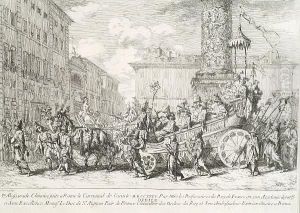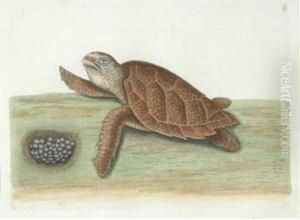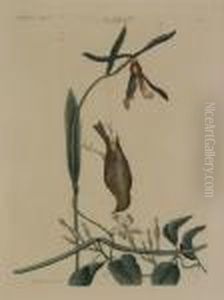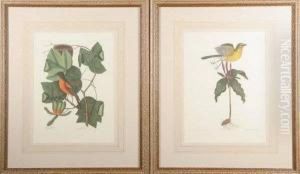Mark Catesby Paintings
Mark Catesby was an English naturalist, botanist, and artist with a profound interest in the flora and fauna of the New World. Born on March 24, 1683, in Castle Hedingham, Essex, England, Catesby developed his fascination with nature at a young age. This interest led him to pursue a journey to the New World, specifically to the English colonies in North America, where he arrived in 1712. He initially visited his sister, who lived in Virginia, and during his stay, he collected specimens and made drawings of the local wildlife.
Catesby’s first visit to North America lasted until 1719. After returning to England, he gained the support of prominent members of the Royal Society, including Sir Hans Sloane, to fund a second trip to America. In 1722, he embarked on this voyage with the purpose of documenting the natural history of the region. Over the next few years, Catesby traveled through the Carolinas, Georgia, Florida, and the Bahamas, collecting plants and animals, and creating detailed illustrations of his findings.
His most notable work, 'The Natural History of Carolina, Florida and the Bahama Islands,' was the first comprehensive study of American flora and fauna. It was published in two volumes between 1729 and 1747 and contained 220 hand-colored engravings. Catesby's work was pioneering in its field and was used as a key reference by later scientists, including Carl Linnaeus, who is considered the father of modern taxonomy.
Catesby's contributions to natural history were significant not only for their scientific value but also for their artistic merit. His illustrations are considered some of the earliest and most accurate representations of North American wildlife during the colonial period. Catesby had a unique approach to his work; unlike his contemporaries who often sent specimens back to Europe for others to illustrate, he chose to observe and paint the wildlife in its natural habitat.
Mark Catesby died on December 23, 1749, in London, England. His legacy lives on through his contributions to the fields of botany, zoology, and art. His work provided Europeans with one of their first glimpses into the diverse ecosystems of the Americas and inspired future generations of naturalists and artists.
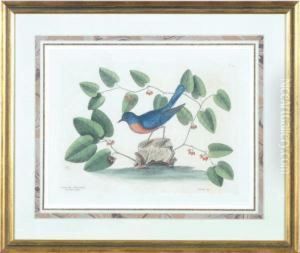
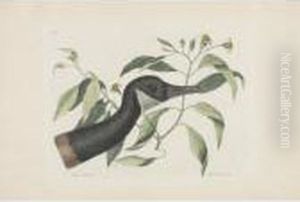
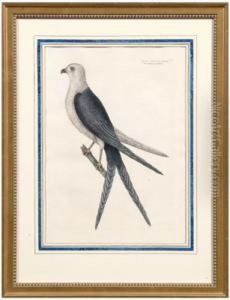
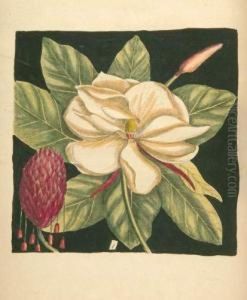
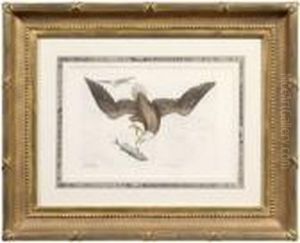
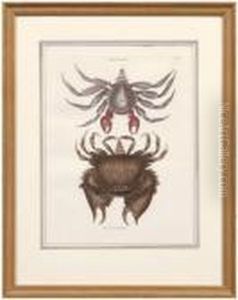
![Finch Creeper (parula Warbler). [pl. 64, Vol. I].](https://www.niceartgallery.com/imgs/1224157/s/mark-catesby-finch-creeper-parula-warbler-pl-64-vol-i-295b8678.jpg)
![Laughing Gull. [pl. 89, Vol. I].](https://www.niceartgallery.com/imgs/1224156/s/mark-catesby-laughing-gull-pl-89-vol-i-feb90620.jpg)
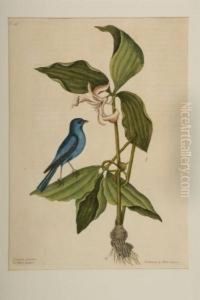
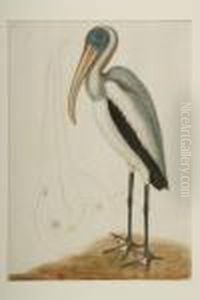
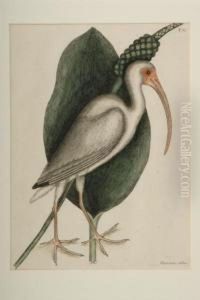
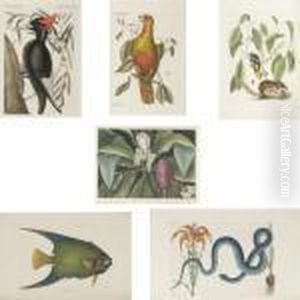
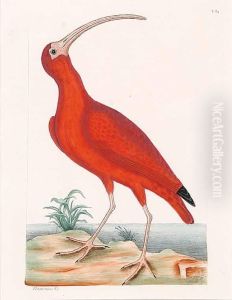
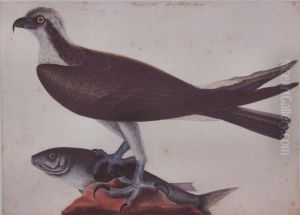
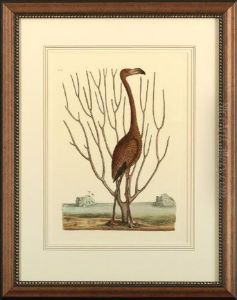
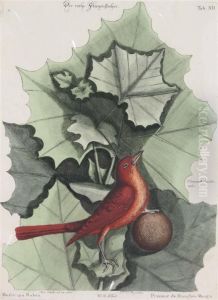
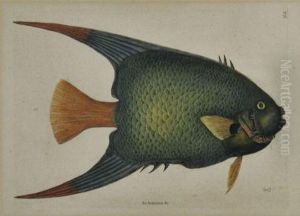
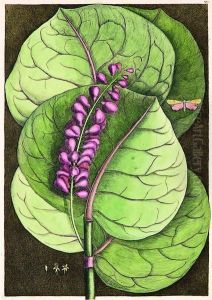
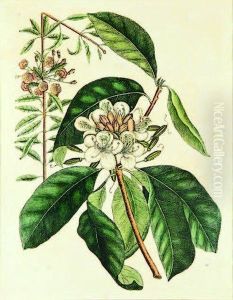
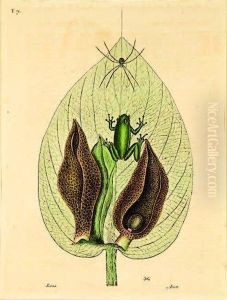
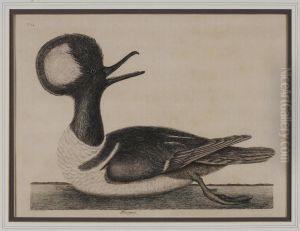
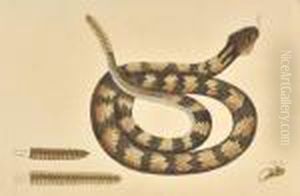
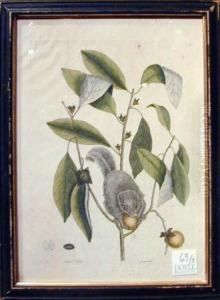
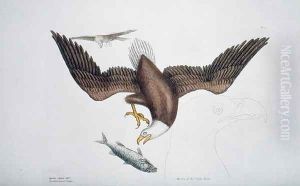
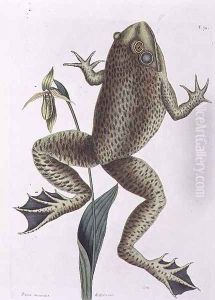
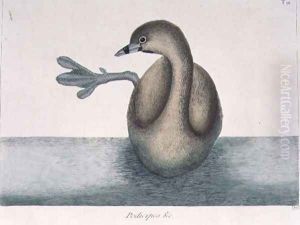
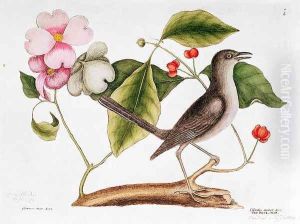
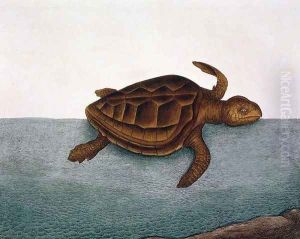
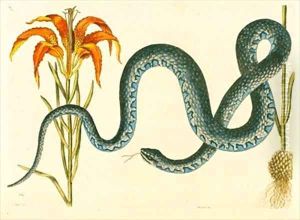
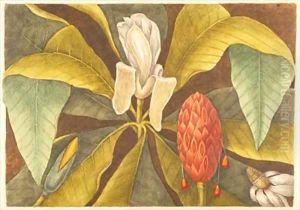
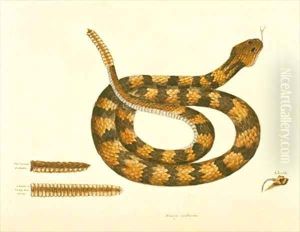
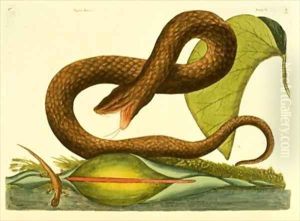
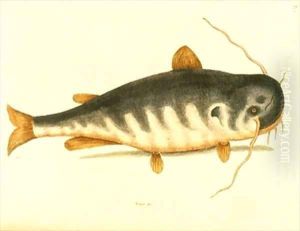
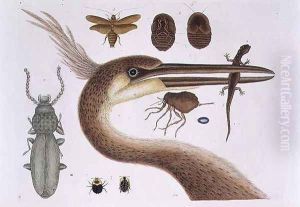
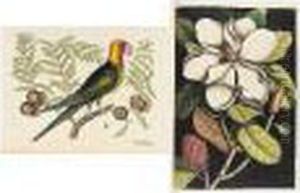
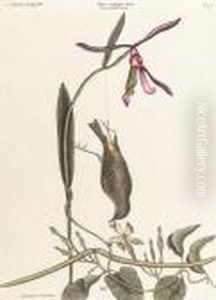
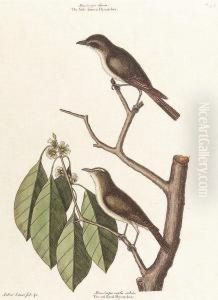
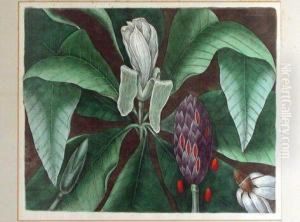
![[birds]](https://www.niceartgallery.com/imgs/1224168/s/mark-catesby-birds-c56d5d7c.jpg)
